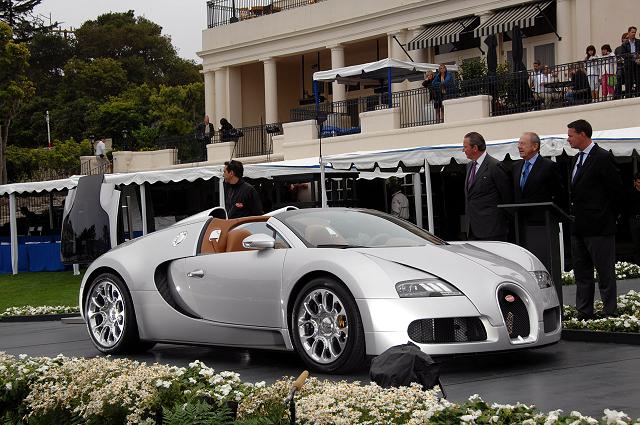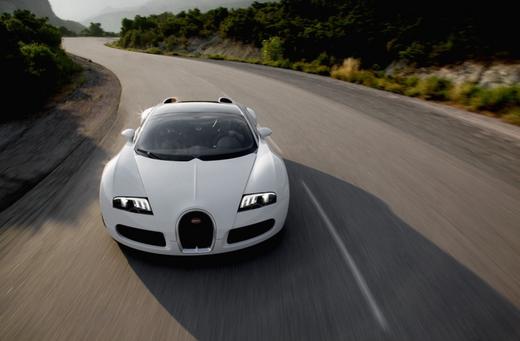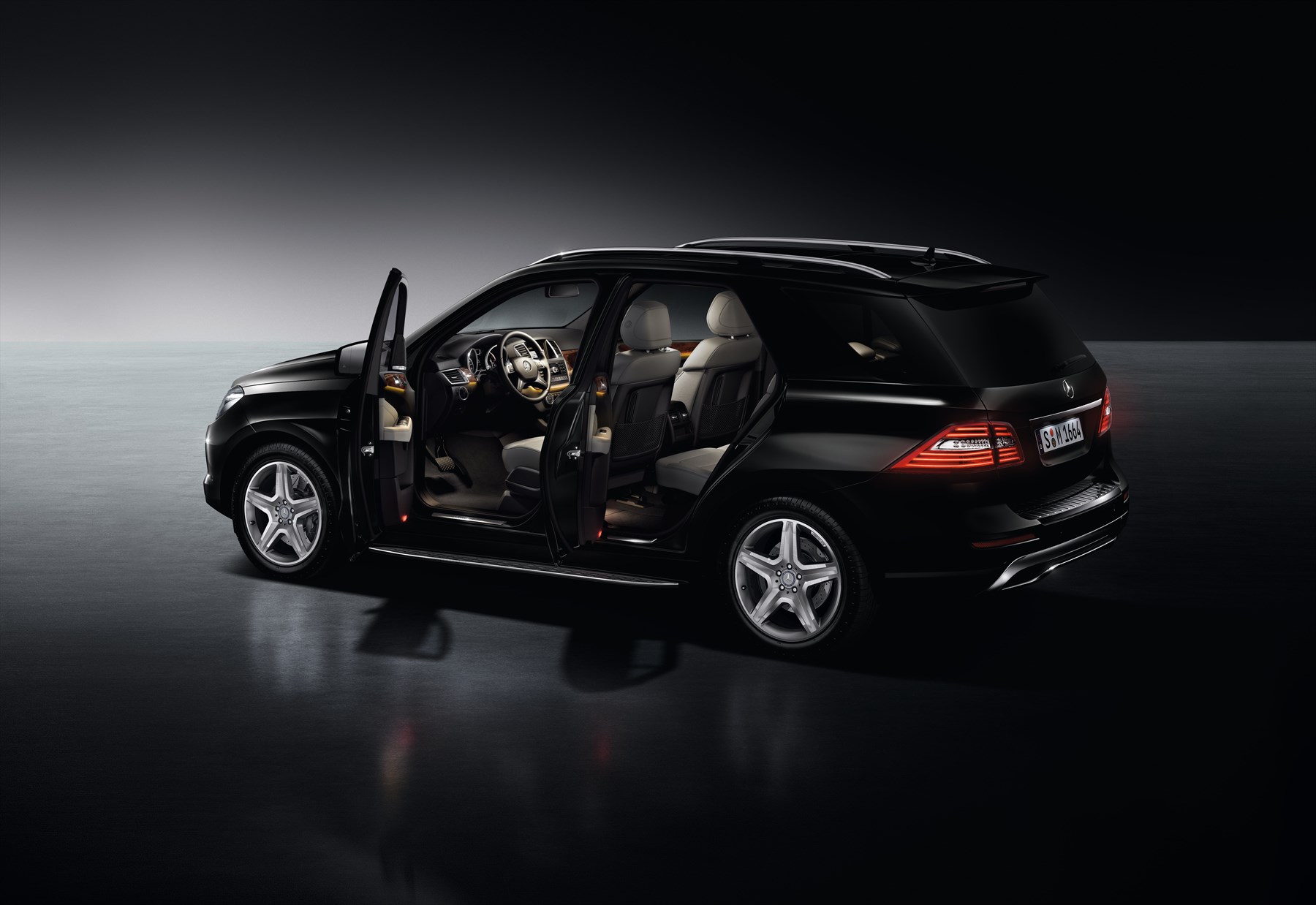Bugatti Veyron 16.4 Grand Sport review
The rising sun was flooding light into my bedroom at La Posta Vecchia, a former J Paul Getty home near Rome. The sky was cloudless, the morning chill off the Mediterranean already turning to a balmy warmth.
This was very good news because, to mark a century of Bugatti car making, I was about to drive the new, open-top, 253mph, £1.5 million Veyron 16.4 Grand Sport for several hours – and I didn’t fancy wearing a scarf. Scarves and Bugattis really don’t mix, as Isadora Duncan discovered – very briefly – on September 14, 1927.
At the age of 50, the founder of modern dance was still something of a fast, free-loving lady, who also appreciated fast cars; and what better than an exotic Bugatti. That evening in Nice she was wrapped in her customary long, hand-painted silk scarf that trailed ethereally behind her like a pennant. But as her young boyfriend drove her, the scarf became entangled in the whirling spokes of a rear wheel – and Isadora’s neck was snapped.
In fact there remains a question mark over whether Isadora’s legendary demise might have been in a rather less exotic Amilcar. But Bugatti’s Julius Kruta, who bears the splendid title, head of tradition, says: “The official police report stated that the car was a Bugatti; we regard it as 98 per cent certain.” As I am very much attached to my neck, I opted for a baseball cap for my long centenary drive through Tuscany.
The Bugatti story began when 17-year-old Ettore Arco Isidoro Bugatti became apprenticed to the bicycle and tricycle company Prinetti & Stucchi in his home city of Milan in 1898. There, he built a tricycle with not just one but two De Dion engines, a tendency to over-engineer that was to mark out his future.
By 1900 he had completed his first car and was on the road to technological and entrepreneurial stardom, leasing a disused dyeworks in Molsheim, Alsace to start production of the Bugatti 13 Brescia in 1910. Not a man for understatement, his maxim was: “Nothing is too beautiful, nothing is too expensive.”
The Bugatti business burgeoned after the First World War, taking parallel routes of high-quality road and successful racing cars, all driven by a characterful crowd of drivers that included industrialists, publishers, noblemen and “the occasional gigolo”, as the company archive puts it.
Bugatti race cars with their distinctive “horseshoe” radiator grille became highly successful, the eight-cylinder T35 series emerging as the brightest star: “It remains the most successful GP racing car ever,” states tradition patron Kruta.
While all this was going on, some extraordinary road cars were created, including the 21ft-long, 12.7-litre Royale, weighing 7,000lb. Six were built but only three sold between 1929 (hardly an auspicious year for capitalists) and 1932; not one royal bought a Royale.
That model, and one of the company’s most elegant – the T57S Atlantic – were designed by Ettore’s son Jean. But in 1939, death shadowed Bugatti again. Aged 30, Jean was killed driving a Le Mans-winning Type 57 C “Tank” (so called because of its all-enveloping bodywork). Swerving to avoid a cyclist, he hit a tree.
Post-war, there were efforts to continue the Bugatti line, notably by Italian entrepreneur Romano Artioli with the EB110. Then, in 1998, Volkswagen acquired the rights to the Bugatti name – a move that was to lead to the production of the Veyron 16.4. With a W16 quad-turbo engine producing 987bhp (1,001PS) and 922lb ft of torque to propel its aluminium and carbon-fibre structure, it takes 2.5 seconds to reach 62mph. Sales have reached 250, with 210 delivered.
Now comes the Grand Sport roadster, a convertible Veyron, which I was one of the first journalists in the world to sample.
Already 30 of a planned 150 have been sold.
My sunny Grand Sport day started with the removal of the car’s polycarbonate roof, which was to be left behind. If it rains, there is a rectangular “umbrella” on board that keeps the rain out below 100mph. You have to retrieve it from the luggage compartment, open it out and fasten it to the bodywork. Above 100mph, you simply get wet.
Prod the start button to fire up the huge engine and the lid-off cabin of the Grand Sport sounds like the cockpit of a powerful, classic propeller aircraft. In fact, its power output is similar to that of early Rolls-Royce Merlin-engined Spitfire fighters.
Acutely aware that I had almost 1,000bhp under my right foot and no wings, I gently eased the rumbling beast forward. Its slow-speed behaviour was generally impeccable although there were hints of bottled-up rowdiness that needed to be slapped down.
Then came the derestriction sign and clear tarmac. I floored the throttle; there were two great thumps – had I broken it already? No, it was just the seven-speed direct-shift gearbox selecting first gear to produce the sort of torque and associated G-force that elicits uncouth exclamations.
First gear is good for 60mph, second takes you to 90mph, third to 120mph – not even halfway to max. The sound of whirling turbochargers, the huge engine reaching maximum revs, the whoosh of air over the cockpit to be greedily swallowed by dual carbon-fibre intakes, and the change in ride height and rear wing incidence as speed exceeds 137mph are all communicated to the driver as the power output needle swings towards 1,001PS and the speedometer heads for 420kph (253mph).
To reach that requires a safety “speed key” to be turned. Not a good idea on public roads – and anyway, with the roof off, top speed is limited to a modest 215mph.
Ex-Formula One driver Pierre-Henri Raphanel, Bugatti’s pilote officiel, who has demonstrated the car to many of the world’s super-rich, reckons that less than five per cent of buyers ever fully exploit the Grand Sport’s potential.
I spent about five hours stretching it as far as I could. Steering is superbly weighted although the car’s turning circle is huge. Ceramic brakes give total confidence, handling is precise and the ride surprisingly good, even over rough surfaces.
Overall quality is to the level that Ettore Bugatti would have expected, although the interior mirror defiantly came unstuck on the pre-production car I was sampling, which would probably have given him a fit of the vapours.
But even he might have overlooked one vital piece of equipment that is missing: the Grand Sport needs an automatic hand-waving machine to return the seemingly endless gestures, thumbs up, whistles, calls, headlight flashes and just plain obeisance from almost all who see and hear the beast approaching.
Doing it myself was so exhausting.
Sourced via telegraph.co.uk










[…] […]